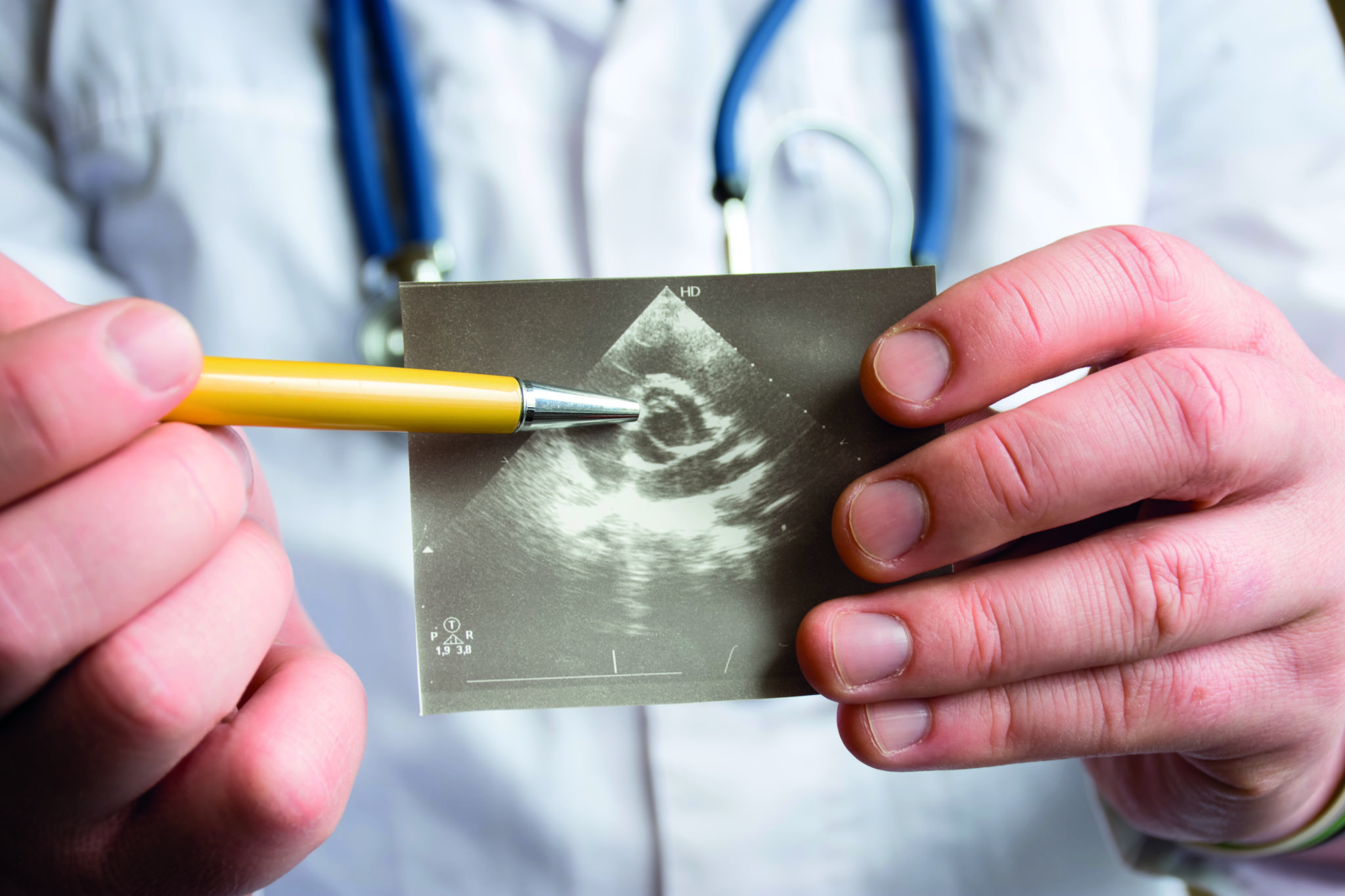
Edwards Lifesciences has highlighted new data examining mortality rates and cardiac damage of early-stage aortic stenosis (AS) sufferers, along with data examining 10-year transcatheter aortic valve implantation (TAVI) re-intervention rates using real-world Medicare data.
Together these studies, presented at the American College of Cardiology (ACC) 2023 Scientific Session (4–6 March, New Orleans, USA), add valuable insights to the discussion on lifetime management of patients with AS, the company said in a press release.
Philippe Généreux (Morristown Medical Center, Morristown, USA) presented findings of an analysis of untreated aortic stenosis mortality by diagnosis severity, through which he and colleagues analysed more than 1.6 million echocardiograms from 24 USA hospitals in the egnite cardiovascular management database.
The study found that, for the almost 600,000 patients with AS severity assessment available, all degrees of untreated AS severity were associated with increased mortality risk. For example, the mean two-year all-cause mortality for moderate untreated AS was ~20%, approaching the rate of those with severe AS.
“The main finding of this analysis is that the severity of AS may be underrecognised and undertreated, leading to unnecessary and preventable death among our patients,” Généreux said. “Our study of real-world data highlights the challenges in properly determining the severity of AS by echocardiogram and underlines the high mortality rate associated with a milder degree of AS severity, such as mild and moderate, than previously suspected. Both point to the importance of continued study into the potential benefit of earlier intervention among patients with AS.”
An analysis of Medicare data, led by Suzanne J Baron (Lahey Hospital & Medical Center, Burlington, USA), showed a low rate of re-intervention after TAVI out to 10 years. Among 230,644 patients treated with transfemoral and transapical TAVI between 2011 and 2021, only 1,880 underwent a valvular re-intervention. When the competing risk of death was considered, this translated to a 1.63% rate of re-intervention overall. Additionally, rates of re-intervention appear to be decreasing with the introduction of next-generation technologies.
“The observed, sustained low re-intervention rates as well as the decrease in re-interventions with advanced technology are particularly impactful and provide valuable input into the decision making of heart teams and patients in evaluating TAVI as a treatment option, particularly as younger patients are being treated,” Baron said. “Certainly, more data are needed, but this is definitely reassuring.”













